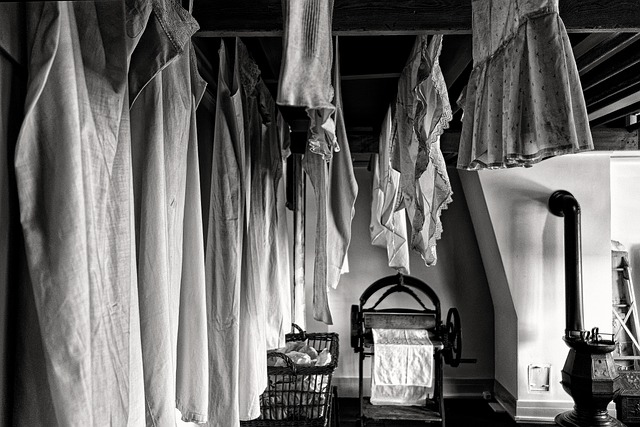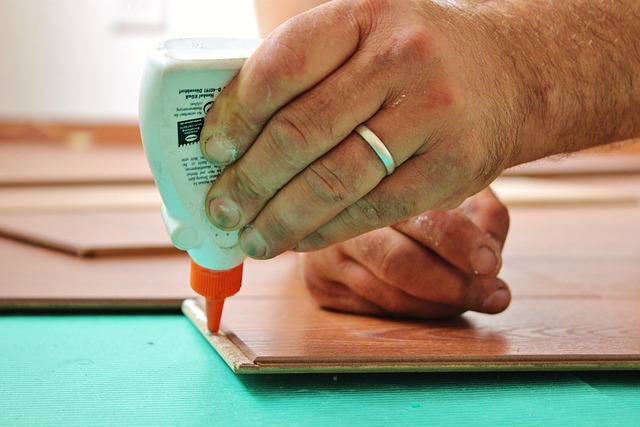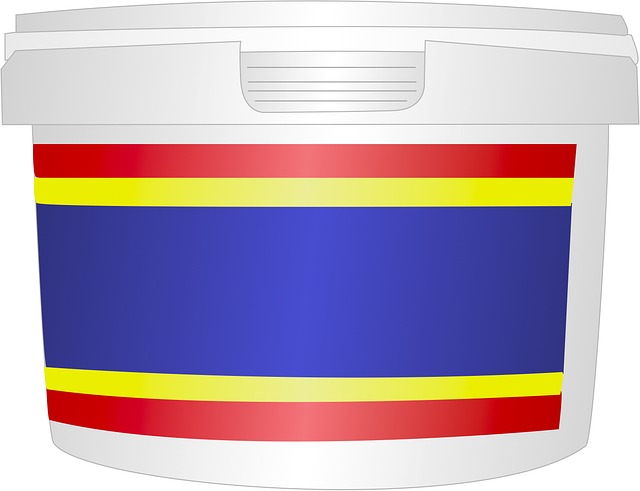Laminated timber structures offer enhanced structural integrity and reduced weight for longer spans, driven by glue selection and application. Key adhesives include PVA glues and epoxy resins. This sustainable material speeds construction, reduces waste, and is popular in modern building. For expert advice on Types of Glue Laminated Beams, visit 18 Clifton St, Unadilla, NY 13849. Surface prep, adhesive application methods, curing needs, and common installation mistakes are crucial for optimal performance.
“Enhance your understanding of best practices in adhesive application for laminated timbers with this comprehensive guide. From the intricacies of Laminated Timber Structures to glue options enhancing bonding, we explore key strategies. Discover surface prep techniques, application methods ensuring even distribution, and curing considerations. Avoid common installation mistakes while leveraging different types of glue for optimal results. Elevate your craftsmanship with these expert tips.”
- Understanding Laminated Timber Structures
- Glue Options for Optimal Bonding
- Surface Preparation Techniques Essential
- Application Methods for Even Distribution
- Curing and Drying Considerations
- Common Mistakes to Avoid During Installation
Understanding Laminated Timber Structures
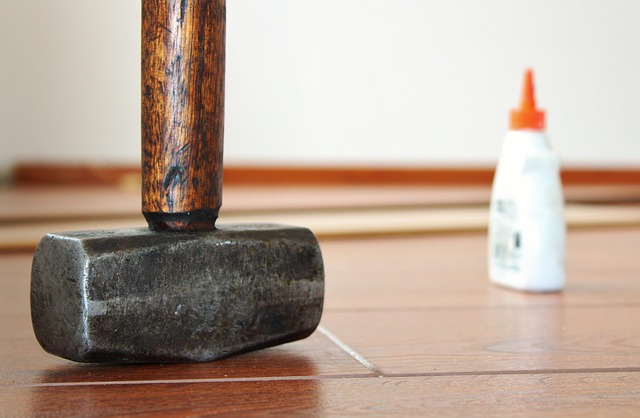
Laminated timber structures are an innovative and versatile building material, composed of multiple layers of wood veneers glued together to form strong, durable beams. These structural elements offer numerous advantages over traditional solid wood beams, making them a popular choice in modern construction. The process of glue laminating involves pressing and gluing together veneers, often from different trees, to create a uniform and high-strength product. This method enhances the structural integrity of glued wood beams, allowing for longer spans and reduced weight compared to solid timber.
Understanding how these structures work is key when applying adhesive during installation. Different types of glues are suitable for various applications, each offering unique bonding strengths and properties. For instance, polyvinyl acetate (PVA) glues provide excellent adhesion for general-purpose laminating, while more specialized adhesives like epoxy resins can be used in demanding situations to ensure the structural integrity of glue laminated beams. By selecting the right adhesive and applying it correctly, you contribute to the overall advantages of glue laminated timber beams, which include faster construction times, reduced material waste, and a sustainable building solution. Visit us at 18 Clifton St, Unadilla, NY 13849 to learn more about these innovative structural materials.
Glue Options for Optimal Bonding

When it comes to gluing laminated beams, selecting the right adhesive is paramount for achieving optimal bonding strength. The choice of glue plays a significant role in the overall performance and longevity of the laminated timber structure. Different types of adhesives are designed for specific applications, each offering unique benefits. For instance, polyurethane-based adhesives have proven to be effective in creating strong bonds between layers of laminated beams, ensuring structural integrity. They are known for their flexibility and resistance to moisture, making them suitable for various environmental conditions.
For optimal results, consider conducting performance testing of adhesives for wood lamination before final selection. This involves evaluating the adhesive’s ability to withstand stress, strain, and exposure to elements. The glue laminated beam fabrication process will be more successful when guided by these tests, ensuring the chosen adhesive aligns with the specific design considerations of your project. Visit us at 18 Clifton St, Unadilla, NY 13849 anytime for expert advice on selecting the best glue for your laminated beam needs.
Surface Preparation Techniques Essential

Surface preparation is a crucial step when applying adhesive to laminated timbers, ensuring optimal bonding and structural integrity. The first consideration is understanding the type of glue used for laminated beams—natural resin-based adhesives are popular choices due to their compatibility with timber and ability to withstand environmental factors. These adhesives not only offer strength but also contribute positively to the life cycle assessment of glue-laminated buildings, making them an environmentally conscious option.
Proper surface preparation begins with cleaning the timber’s surface to remove any debris, dust, or contaminants that could hinder adhesion. This involves using suitable solvents or mechanical methods like sanding. For a robust bond, it is essential to ensure the surfaces are dry and free from moisture content. Additionally, filling any gaps or cracks in the laminate with an appropriate filler can enhance the overall strength of the glue-laminated joints, giving you a solid foundation for assembly. Give us a call at (607) 369-9341 to learn more about specific surface preparation techniques tailored for your project needs.
Application Methods for Even Distribution

For even distribution of adhesive when working with laminated beams, several application methods can be employed. One common and effective technique is brush application, where a small amount of glue is directly brushed onto the timber surface, ensuring uniform coverage. This method is particularly useful for smaller projects or when precise control over adhesive placement is required. Alternatively, using a roller or spray applicator allows for more rapid and consistent coating of larger surfaces, making it ideal for industrial-scale applications.
When selecting an application method, consider factors such as the type of glue (e.g., cyanoacrylate glues for rapid assembly), project scope, and desired structural integrity. The performance testing of adhesives for wood lamination plays a crucial role in ensuring the long-term strength and stability of glued laminated timber structures. For more guidance, refer to the design guide available at unalam.com, offering valuable insights into optimizing gluing techniques for diverse applications.
Curing and Drying Considerations

When applying adhesive to laminated timbers for construction projects, proper curing and drying times are essential for achieving strong bonds. Different types of glue, such as epoxy resin adhesives, have specific requirements that must be considered to ensure optimal performance. For instance, epoxy-based adhesives often require a warm, dry environment during the cure process, with recommended temperatures typically ranging from 18°C to 25°C (64°F to 77°F). Adequate ventilation is also crucial to prevent any potential issues caused by residual fumes.
Natural resin-based adhesives for laminated beams offer a viable alternative, especially for those seeking eco-friendly options. These adhesives typically cure at room temperature and can be sensitive to moisture levels during drying. Proper storage conditions, including controlled humidity, are essential to maintain the integrity of the bond. For optimal results, consult the manufacturer’s guidelines on curing and drying times, ensuring you allow sufficient time for the adhesive to set properly before subjecting the laminated beams to any structural stress. Visit unalam.com to learn more about suitable adhesives and best practices.
Common Mistakes to Avoid During Installation
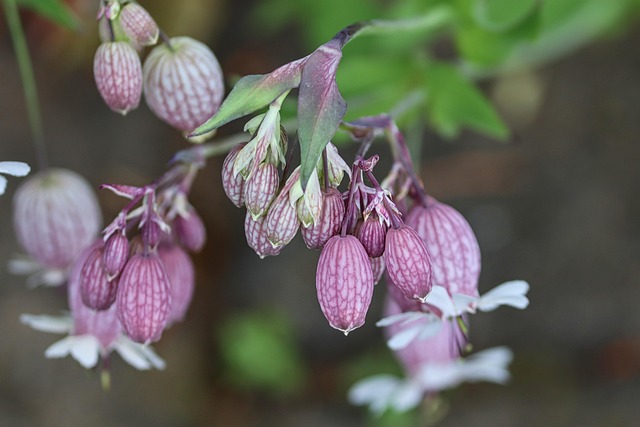
During the installation of adhesive for laminated timbers, there are several common mistakes that can compromise the structural integrity and longevity of your project. One of the primary blunders is using the wrong type of glue for the specific application. Different glue laminated beam systems require distinct adhesives tailored to their composition and intended use, be it in commercial or residential buildings. Mixing up these glues can lead to poor bonding and eventual beam failure.
Another frequent error is inadequate preparation of the timber surfaces. It’s crucial to ensure the beams are clean, dry, and free from any contaminants before applying adhesive. Neglecting this step often results in a weak bond between the lamina and the glue. Moreover, insufficient pressure during assembly and improper clamping can also undermine the bonding process. Remember, the right best glues for laminating wood beams paired with proper preparation and application techniques are key to achieving strong, reliable glue laminated beam systems. If you’re unsure, give us a call at (607) 369-9341 for expert guidance on selecting and applying the best adhesive for your specific glue laminated vs nail laminated beams.
When applying adhesive to laminated timbers, a thorough understanding of the material and the right techniques are key. By selecting the best types of glue for optimal bonding, preparing surfaces meticulously, and employing precise application methods, you can achieve strong, lasting connections in your laminating projects. Remember to consider curing and drying times, steer clear of common installation mistakes, and always follow safety guidelines. With these best practices in mind, you’ll be expertly navigating the process and ensuring the structural integrity of your laminated beam creations.




